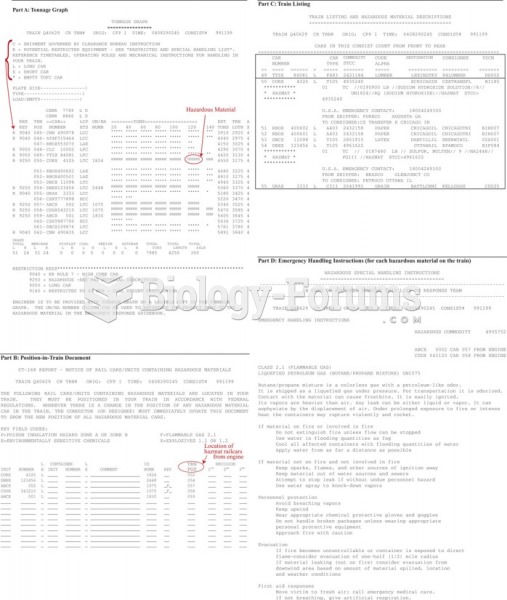Answer to Question 1
Wine bottles have been standardized to generally contain 25.4 oz (750 ml) of liquid.
Answer to Question 2
1 . Bordeaux Bottle The Bordeaux wine bottle has straight sides with steep, tall, shoulders. It's an excellent shape for wines that tend to exude sediment (typically, old red wines and Bordeaux reds are known to age well) because the steep shoulders can serve to hold back the sediment as the wine is poured.
Red wines commonly found in this style of bottle include Cabernet Sauvignon, Merlot, and Zinfandel. The Bordeaux bottle shape is also used for white wine, though it will be found in light green or clear uncolored glass. White wines commonly found in this style of bottle include Pinot Grigio, Sauvignon Blanc, particularly if the wine is from Bordeaux or California, and Semillon.
2 . Burgundy Bottle The Burgundy wine bottle typically is sturdy and heavy, with shallow, gentle sloping shoulders. The Burgundy bottle shape used for red wine can often be found in a light green or black colored glass.
Red wines found in this bottle include Pinot Noir, Gamay, Syrah and Syrah blends. The Burgundy bottle shape can also be used for white wine and is often found in a light green, yellow or clear uncolored glass. White wines commonly found in this bottle include Chardonnay and Sauvignon Blanc when the wines derive from New Zealand or Loire Valley, France.
3 . German Bottle The German (or Hock) wine bottle is narrow, thin and tall, and maintains a very gently sloping shoulder. The color of the bottle is typically light green or brown. The bottles with brown glass often (at least in Germany) identify wines that have been produced from the Rhine region, and green glass for wine from the Mosel-Saar-Ruwer region in Germany.
The German bottle is most frequently used for white wines. They use the most popular German and Alsace grape varietals that include Riesling, Gewurztraminer, and Pinot Gris when it comes from Alsace, France.
4 . Sparkling Wine Bottle The sparkling wine bottle is made from a very thick glass, with gently sloping shoulders and a long neck. The sparkling wine bottle also contains a rather large punt, or indentation in the bottom of the bottle, to assist in durability. The punt is needed to help reduce the pressure felt along the bottom of the bottlethe bottle's weakest point.
Classic Champagne (and other famous sparkling wine around the world) commonly uses a blend of three grapes, including Chardonnay, Pinot Noir, and Pinot Meunier. Other sparkling wines from around the world may use the same or similar grapes but will often still be found in the sparkling wine bottle shape.
5 . Fortified Wine Bottle The fortified wine bottle shape contains the four most significant fortified wine types: Port, Madeira, Marsala, and Sherry. These wines are contained within this typically sturdy, bulky bottle that often has tall shoulders and a larger bulge in the neck to help capture or hold back the potential of sediment.







